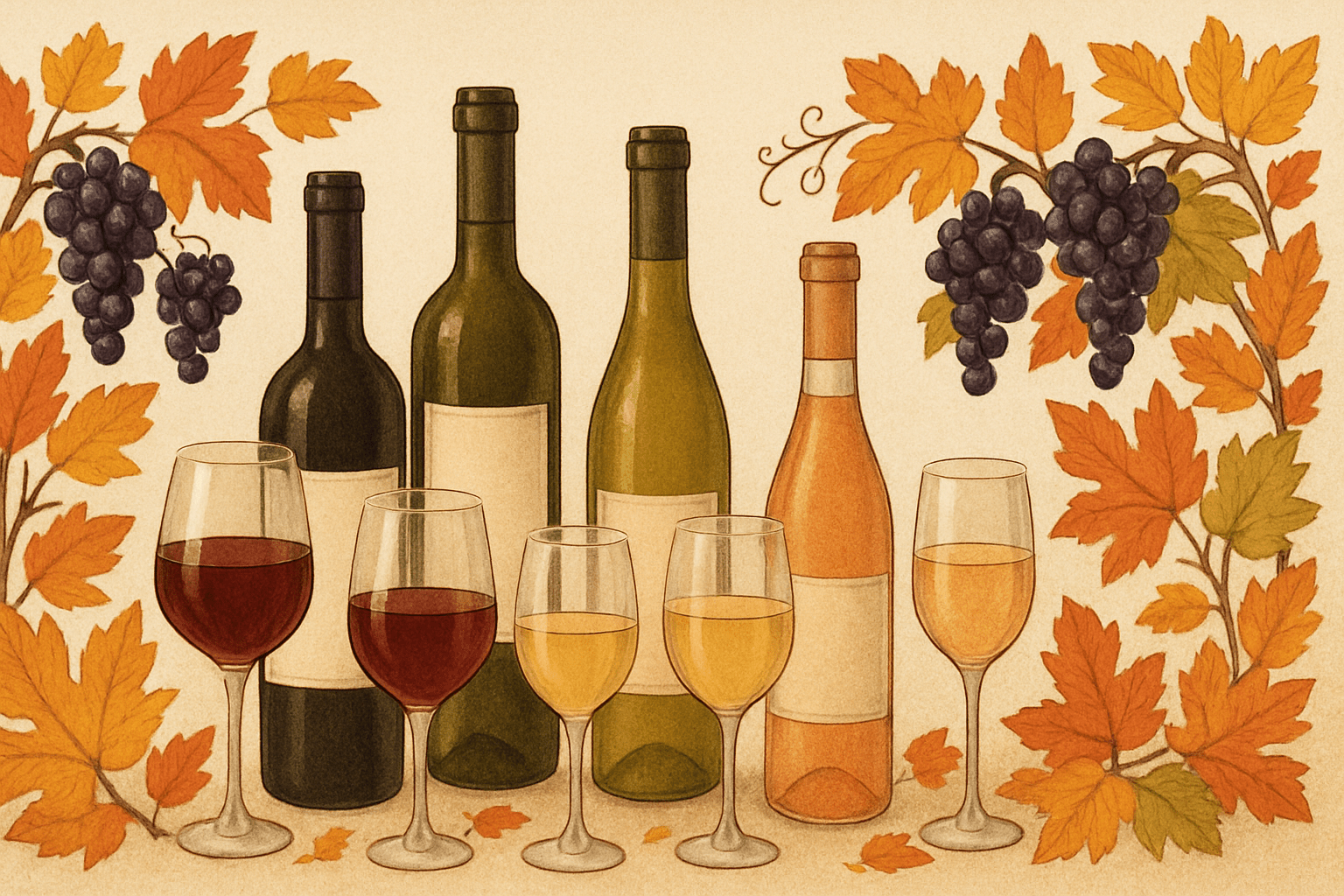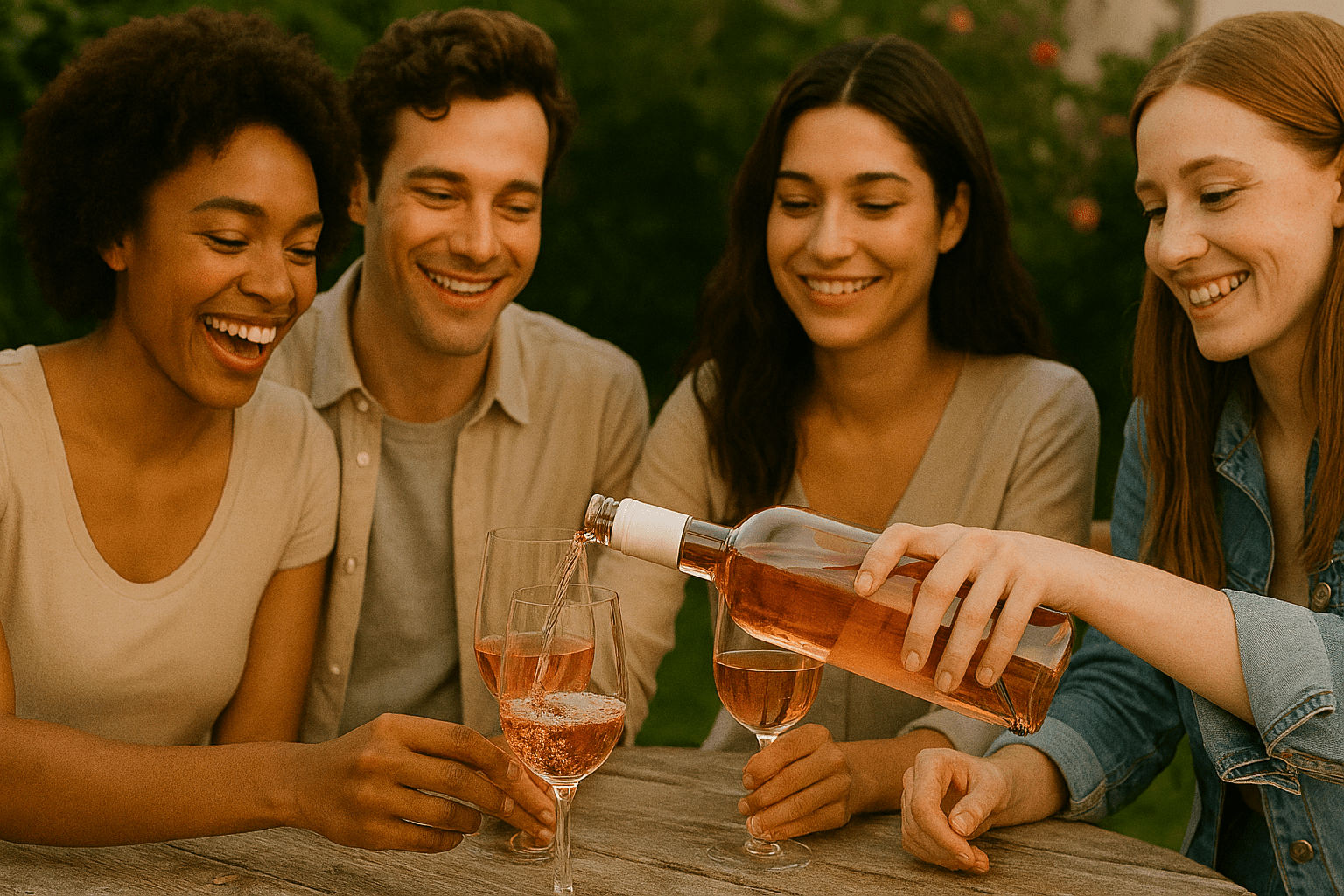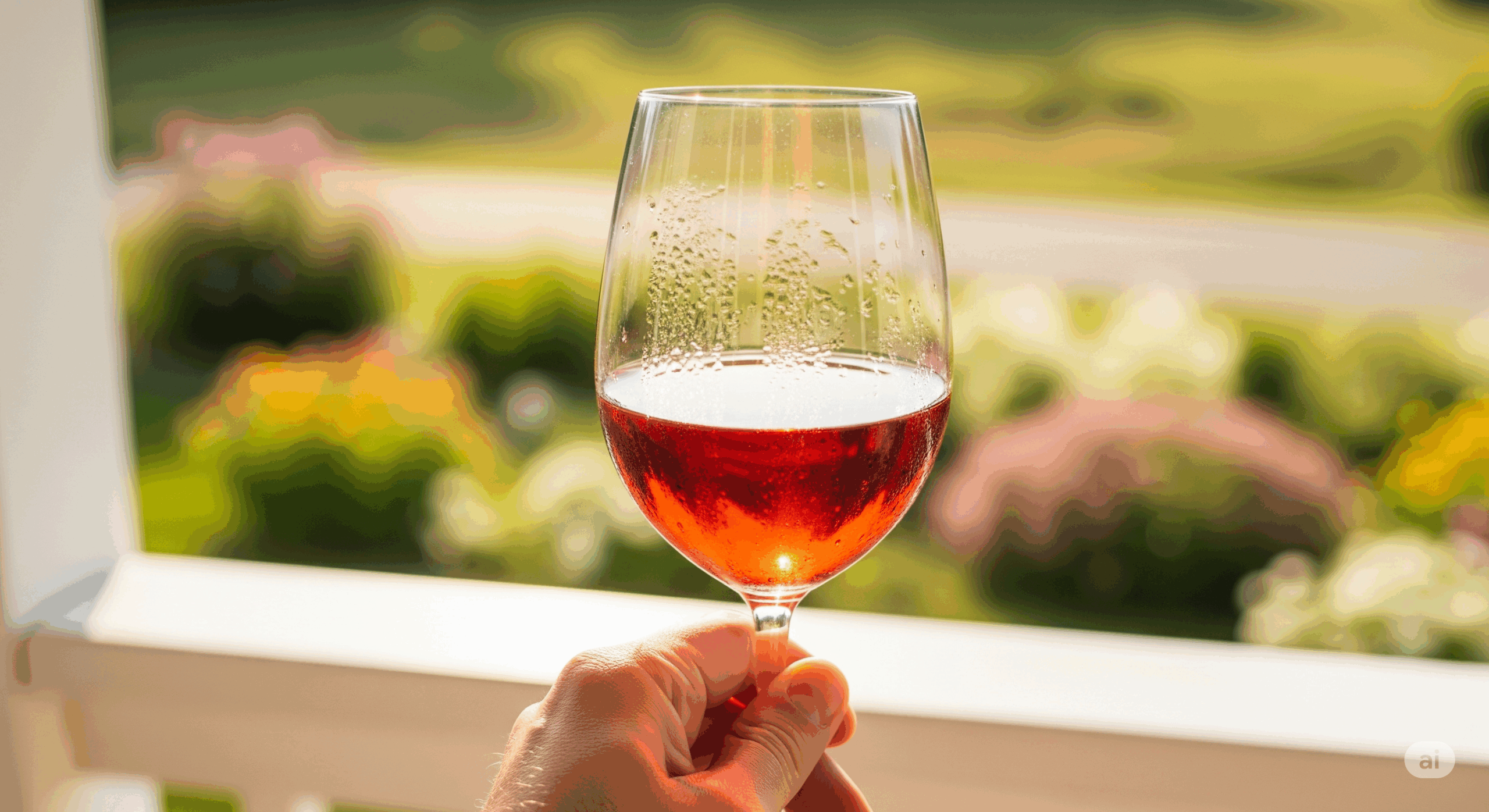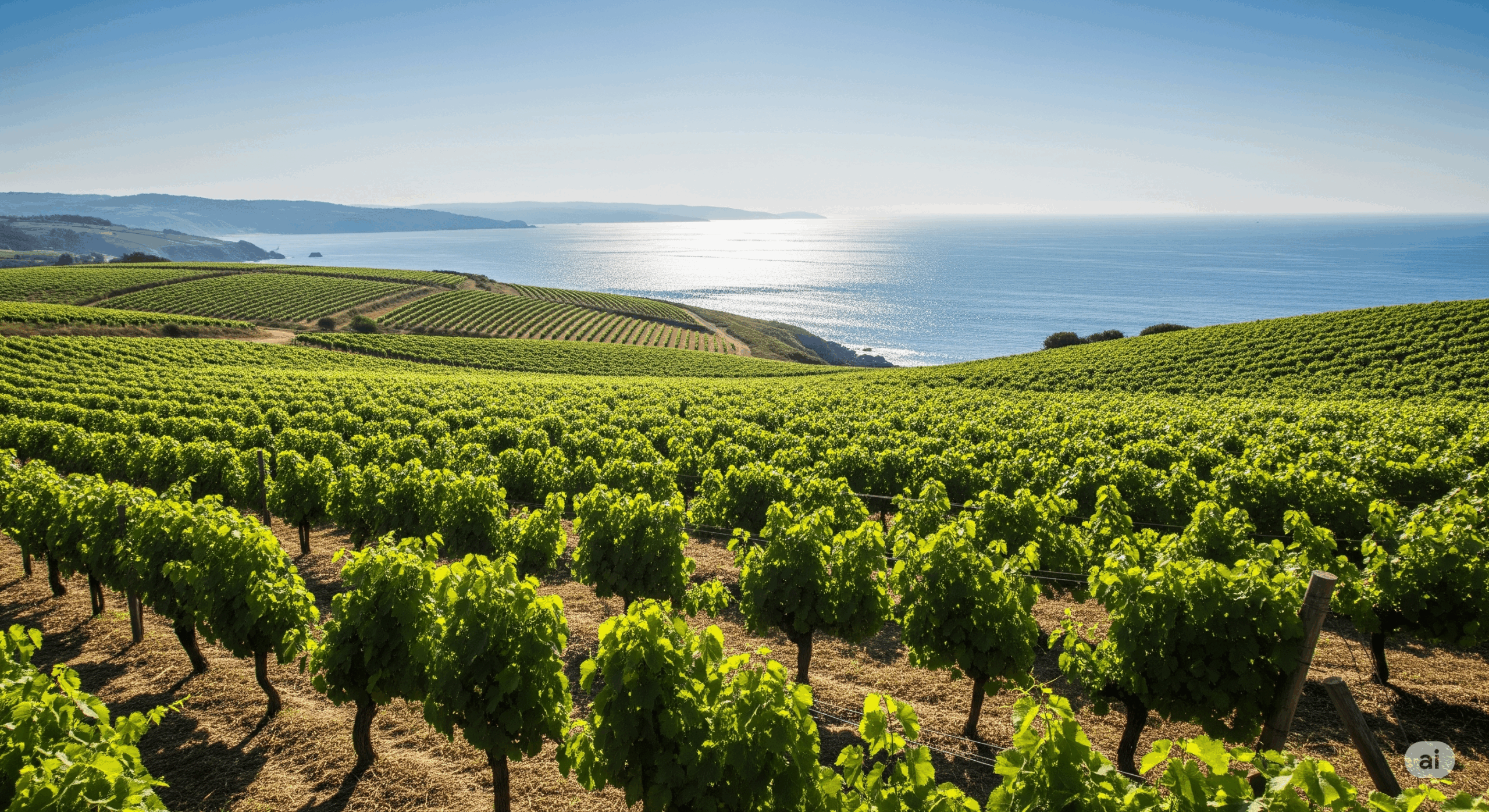There’s something magical about sparkling wine. Those festive bubbles speak of celebration, milestones, romance, and the simple pleasures of everyday life. But while Champagne is the name most closely associated with sparkling wine, the world of bubbly is vast, varied, and delightfully complex.
What are the differences between Champagne, Cava, and Prosecco? How do the various methods of making sparkling wine affect taste and quality? What food pairs best, and how do you serve it? This deep dive aims to answer these questions (and many more), equipping you with the knowledge needed to enjoy sparkling wine in all its effervescent glory.
The Sparkle: What Makes a Wine “Sparkling”?
Sparkling wine is simply wine with dissolved carbon dioxide (CO₂), which produces bubbles. Unlike still wines, where CO₂ escapes during fermentation, sparkling wines retain these effervescent bubbles, most commonly through a process called secondary fermentation.
The Key Components:
- Base Wine: A dry, often high-acid wine provides the foundation.
- Secondary Fermentation: Sugar and yeast are added to initiate a second fermentation, producing CO₂.
- Pressure: The bubbles are trapped in the bottle or tank, leading to that signature sparkle.
A Brief History of Bubbles
Sparkling wine as we know it emerged in France’s Champagne region in the late 17th and early 18th centuries. Contrary to popular legend, Dom Pérignon did not invent sparkling wine, but he and his contemporaries refined it. The English were among the first to deliberately create sparkling wines—writing about “sparkling Champagne” as early as the 1670s—thanks in part to advancements in glass bottle strength and cork closures.
The spread of sparkling winemaking techniques meant that, by the late 19th century, bubbly was being produced in Spain, Italy, Germany, and indeed, across the globe.
The Main Styles: Champagne, Cava, and Prosecco
1. Champagne: The Benchmark
Origin: Champagne region, France.
Grapes: Chardonnay, Pinot Noir, Pinot Meunier.
Method: “Méthode Traditionnelle” (Traditional Method).
What Defines Champagne?
- Terroir: Chalky soils, cool climate, and strict appellation rules.
- Legal Protections: Only sparkling wines from this precise region, made to exacting specifications, can bear the name Champagne.
- Aging: Minimum 15 months for non-vintage, 36 months for vintage Champagne (by law).
How Is It Made?
Champagne undergoes a second fermentation in the bottle (méthode traditionnelle). After the base wine is bottled with a mixture of sugar and yeast (liqueur de tirage), fermentation produces bubbles. The wine then ages on the lees (dead yeast cells), contributing complex brioche, toast, and nutty flavors.
Types of Champagne:
- Non-Vintage (NV): Blended from multiple years for a consistent house style.
- Vintage: Made from grapes of a single year; often exceptional.
- Blanc de Blancs: 100% Chardonnay; elegant and citrus-driven.
- Blanc de Noirs: Made from black grapes (Pinot Noir/Meunier); rich and fruity.
- Rosé: Pink-hued, made using skin contact or blending with red wine.
- Prestige Cuvée: The flagship bottling (e.g., Dom Pérignon, Cristal).
Sweetness Levels: (from driest to sweetest)
- Brut Nature/Zero Dosage (no sugar added)
- Extra Brut
- Brut
- Extra Dry
- Sec
- Demi-Sec
- Doux
2. Cava: Spain’s Answer to Champagne
Origin: Penedès, Catalonia, Spain (and other authorized regions).
Grapes: Traditionally Macabeo, Xarel·lo, Parellada; sometimes Chardonnay and Pinot Noir.
Method: Méthode Traditionnelle.
What Sets Cava Apart?
Made by the same traditional method as Champagne but usually from indigenous Spanish grapes. Cava tends to be lighter, slightly earthier, and often more affordably priced.
Aging Requirements:
- Cava: Minimum 9 months on the lees.
- Cava Reserva: Minimum 18 months.
- Cava Gran Reserva: Minimum 30 months.
- Cava de Paraje Calificado: Single estate, 36 months.
Taste Profile:
Cava usually offers crisp green apple, citrus, sometimes nutty notes, and less pronounced brioche compared to Champagne due to shorter lees aging.
3. Prosecco: Italy’s Sparkling Star
Origin: Primarily Veneto and Friuli Venezia Giulia, northern Italy.
Grapes: Glera (used to be called Prosecco).
Method: “Charmat Method” (Tank Method).
How Is Prosecco Different?
Unlike Champagne and Cava, Prosecco is made via the Charmat method: the wine undergoes secondary fermentation in large pressurized tanks, not in individual bottles. This method preserves fresh, fruity, floral qualities and results in a lighter, softer mousse (bubble texture).
Styles:
- Spumante: Fully sparkling.
- Frizzante: Lightly sparkling.
- Tranquillo: Still, no bubbles.
Sweetness Levels:
- Brut (driest)
- Extra Dry (counterintuitively, slightly sweeter than Brut)
- Dry
- Demi-Sec
Taste Profile:
Bright, aromatic, with notes of apple, pear, white peach, and acacia flowers.
Other Notable Sparkling Wines
- Crémant: French sparkling wines made outside Champagne (ex. Crémant de Loire, Crémant de Bourgogne), using traditional method and local grapes.
- Franciacorta: High-quality Italian sparkling wine from Lombardy, made with traditional method and similar grapes to Champagne.
- Espumante: Portuguese sparkling wine, especially from Bairrada.
- Sekt: German sparkling wine, ranging from simple tank-method styles to prestigious bottle-fermented ones.
The Making of Sparkling Wine: Methods
1. Méthode Traditionnelle (Traditional Method)
- Second fermentation happens in the bottle.
- Lees aging imparts complexity, texture, and subtle flavors (brioche, almond, toast).
- Examples: Champagne, Cava, Crémant, Franciacorta.
2. Méthode Charmat (Tank or Martinotti Method)
- Secondary fermentation takes place in large stainless steel tanks.
- Fresher, more fruit-driven profiles.
- Examples: Prosecco, Lambrusco, some California sparklers.
3. Transfer Method
- Secondary fermentation starts in bottle, then wine is transferred to a tank to remove lees and rebottled; rarely seen nowadays.
4. Carbonation (Méthode Gazéifié)
- CO₂ is simply injected into the still wine (like soda). Results in large, quick-dissolving bubbles. Used for cheap, mass-market sparkling wines.
Tasting and Serving Sparkling Wine
How to Serve
- Glassware: Tall flutes are traditional, as they show off the bubbles, but a white wine glass helps concentrate the aromas.
- Temperature: 40–50°F (4–10°C) is ideal. Too cold, and flavors dull; too warm, and bubbles dissipate rapidly.
- Opening Safely: Twist the bottle, not the cork; keep thumb over the cork at all times; angle bottle away from yourself and others.
Tasting Notes
- Look: Clarity, persistence and size of bubbles (finer is better for quality).
- Smell: Yeasty, bready notes (from lees), along with fruit, floral, sometimes nutty aromas.
- Taste: Acidity is typically high; flavors can be citrusy, toasty, nutty, or fruity depending on style.
Food Pairing with Sparkling Wine
Sparkling wine is a food-pairing powerhouse, hence its popularity as an aperitif and at the table. High acidity, bubbles, and (sometimes) subtle sweetness make these wines:
- Perfect for Fried Foods: Bubbles cut through grease; try Champagne with fried chicken or tempura.
- Great with Seafood: Oysters, smoked salmon, sushi, and caviar shine with a crisp bubbly.
- Ideal with Salty Snacks: Potato chips, popcorn, or aged cheeses.
- Surprisingly Versatile: Pair with spicy cuisine, creamy sauces, and even roast poultry or pork.
Rosé Sparkling Wines bridge the gap between white and red food pairings; try them with charcuterie, berry desserts, or grilled vegetables.
Sparkling Wine FAQs
Why is Champagne so expensive?
- Strict regulations, labor-intensive traditional method, limited production area, and long aging up the costs.
- Brand prestige and demand drive prices further.
Can You Age Sparkling Wine?
- Non-vintage sparklers are best enjoyed young and fresh.
- Vintage and prestige cuvée Champagne (and high-quality equivalents) can age for decades, developing complex toasty, honeyed, and nutty qualities.
Is Sparkling Wine Always White or Rosé?
- Most are, but you’ll find sparkling reds like Australian Sparkling Shiraz or Italian Lambrusco.
Does Price Equal Quality?
- Good sparkling wine can be found at almost every price point. Cava and Prosecco offer outstanding value. Within Champagne, smaller “grower” producers often offer more distinctive wines at lower prices than the grandes marques.
What’s “Grower Champagne”?
- Produced by the estate that grew the grapes, typically noted with “RM” on the label (Récoltant-Manipulant). These wines often reflect the unique terroir and style of the grower.
Common Sparkling Wine Myths
Myth: Only Champagne is true sparkling wine.
Fact: Champagne is the best-known and most prestigious, but excellent sparkling wine is made worldwide.
Myth: Sweetness means poor quality.
Fact: Many excellent sparkling wines (e.g., Moscato d’Asti, Demi-Sec Champagne) have residual sugar. Balance is the key.
Myth: Only use a flute.
Fact: While stylish, flutes can mute the aromas; white wine glasses often enhance the drinking experience.
Recommendations: What to Try
- Champagne: Pol Roger Brut Reserve (classic NV), Pierre Peters Cuvée de Réserve Blanc de Blancs, or Bollinger Special Cuvée.
- Grower Champagne: Egly-Ouriet, Pierre Gimonnet, Chartogne-Taillet.
- Cava: Gramona III Lustros Gran Reserva, Raventós i Blanc “De Nit”.
- Prosecco: Bisol Crede, Nino Franco “Rustico”, Adami Bosco di Gica.
- Crémant: Domaine Huet Crémant de Vouvray, Lucien Albrecht Crémant d’Alsace.
Raising a Glass to Sparkling Wine
From grand French houses to rustic cellars in Catalonia to sunlit hills in Veneto, the world of sparkling wine is diverse, dynamic, and deeply rewarding to explore. Whether you’re sipping a storied Champagne at a milestone or clinking glasses with affordable Cava on a Wednesday, sparkling wine is more than just bubbles—it’s about moments, memories, and the joy that comes with every effervescent sip.
So next time you lift a glass of sparkling wine, remember: you’re part of a centuries-old tradition that celebrates both life’s highs and everyday pleasures. Cheers—salud, santé, cin cin—to sparkling adventures ahead!
Did you like this content? If you did, let us know and share it with your friends.
This page contains affiliate links. We receive a small compensation when you purchase through affiliate links. While clicking these links won’t cost you a cent, it will help us keep the lights on and buy more wine. To find out more, click here.






